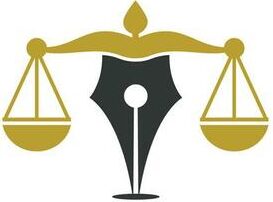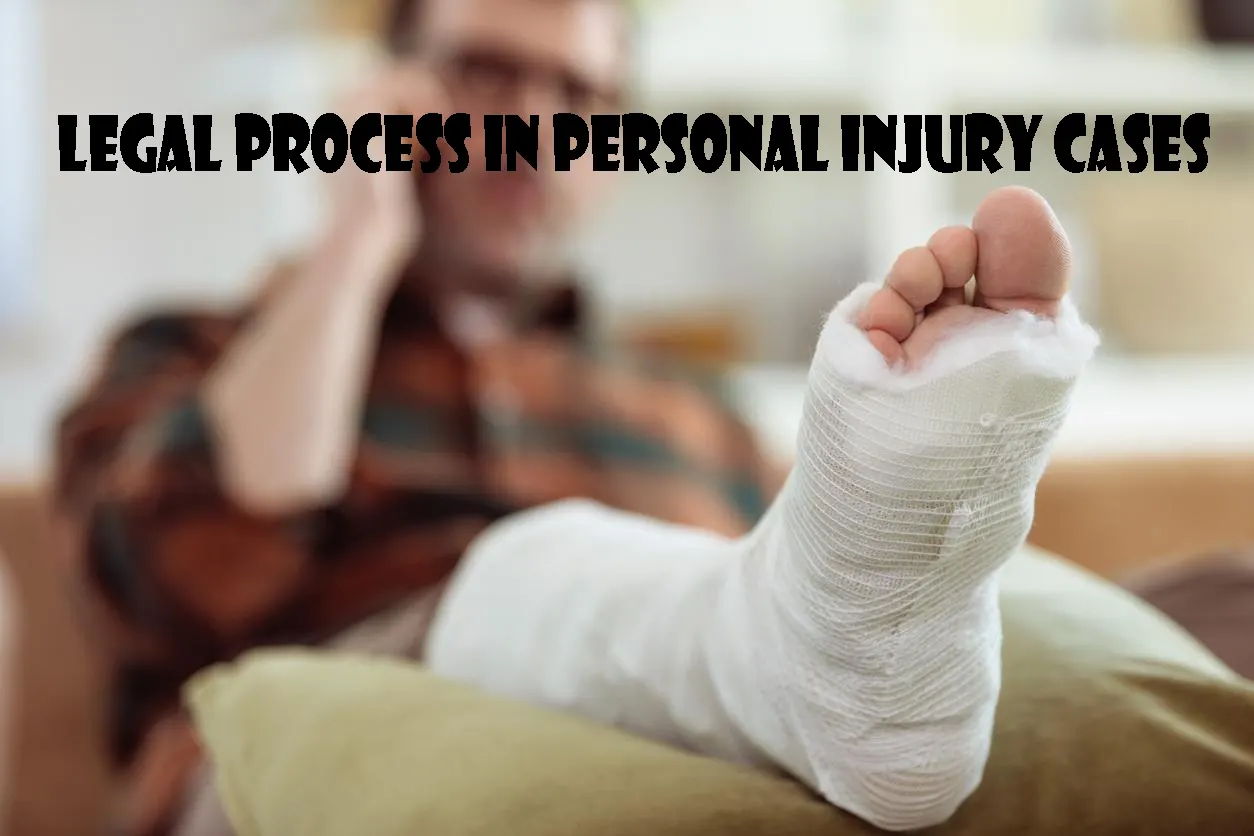Personal injury cases involve complex legal processes that can be daunting for individuals unfamiliar with the legal system. This guide provides a step-by-step overview of the legal process in personal injury cases, from initial consultation to resolution, empowering injured parties to navigate their cases effectively.
Initial Consultation:
The first step in a personal injury case is the initial consultation with a qualified attorney. During this meeting, the attorney will assess the details of the case, including the circumstances of the injury, potential liability, and available evidence. The attorney will also explain the legal process, discuss the client’s rights and options, and answer any questions or concerns. It’s crucial for the injured party to provide honest and accurate information to enable the attorney to evaluate the case effectively.
Investigation and Evidence Gathering:
After the initial consultation, the attorney will conduct a thorough investigation to gather evidence to support the client’s claim. This could include gathering police reports, medical records, witness statements, and other pertinent evidence. The attorney may also consult with experts, such as accident reconstruction specialists or medical professionals, to assess the extent of the injury and establish liability. Building a strong evidentiary foundation is essential for proving the client’s case and securing fair compensation.
Negotiation and Settlement:
Once the evidence has been gathered, the attorney will enter into negotiations with the opposing party or their insurance company to reach a settlement. During this stage, the attorney will present the evidence supporting the client’s claim and negotiate for a fair and reasonable settlement amount. Settlement negotiations may involve multiple rounds of offers and counteroffers, and it’s essential for the attorney to advocate vigorously for the client’s interests. If a settlement is reached, the case will be resolved without the need for litigation.
Litigation and Trial:
If negotiations fail to produce a resolution, litigation is the next stage. The attorney will file a lawsuit on behalf of the injured party and commence the litigation process. This may involve pre-trial motions, discovery, depositions, and other legal proceedings. The case will eventually proceed to trial, where a judge or jury will hear the evidence presented by both sides and render a verdict. Litigation can be a lengthy and expensive process, but it may be necessary to obtain justice and fair compensation for the injured party.
Conclusion:
Navigating the legal process in a personal injury case can be challenging, but with the guidance of a skilled attorney, injured parties can pursue their claims effectively. From the initial consultation to resolution through negotiation or litigation, understanding the steps involved in the legal process is essential for achieving a favorable outcome. By partnering with a knowledgeable and experienced attorney, injured parties can navigate the complexities of the legal system with confidence and pursue the compensation they deserve.

